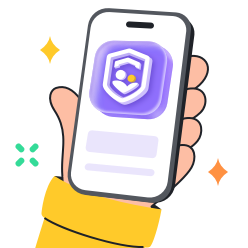Teaching your kids different languages can help their cultural awareness and communication skills. Moreover, your child’s cognitive development will improve when you constantly focus on improving their command of any language. Luckily, many tools and apps have recently joined the market to help kids learn languages quickly. These tools focus especially on creative games and fun puzzles to keep your child engaged. The following article will build further on the benefits of using language apps for kids and the best picks in the current market. So, keep reading if you wish your kid ahead of the learning curve.
Benefits of using language learning Apps for kids
Many parents often get confused with learning apps and only consider traditional learning methods to teach their kids. However, these parents don’t realize the benefits and enhanced results of language learning Apps for kids. Here is how your child will get better results with such tools.
- Immersion: Language learning apps and tools enhance your child’s immersion. They don’t see learning as a chore and get more involved in the puzzles and games presented in the application.
- Flexibility: Your child will not have to keep up with any class or get worried about being left behind. They can easily learn any language they wish at their own pace. Moreover, some Apps offer tailored puzzles to help your kid through troublesome areas.
- Quick feedback: Your child won’t have to wait until the end of the month to see his performance. Instead, the App will instantaneously update the users about all the problem areas and how they can improve.
- Affordability: You will not have to spend much or any cash on these language-learning apps. These tools help you save a lot when it comes to tutoring fees and school fees.
- Promotes independence: Using such tools makes your child realize that they can learn what they want without a teacher.
What to look for in a good language App for kids
Finding the right language App can be a bit tricky. You need to consider many factors, from the age-appropriate content to the variety of languages within the App. Here are a few points that helped me pick some of the best language learning apps for kids.
Interface:
You need to ensure the language learning App has content suitable for your child’s developmental stage. It can be extremely challenging to get your kid focused when the app’s layout and content are too complex.
Content:
An App with engaging graphics and characters will attract your child’s attention. However, if the animations or instructions are too bland, your child will quickly lose interest. So, consider an App that offers a good balance between fun and learning.
Languages:
There is no point in picking only an App suitable for one language. Your child cannot cross reference anything from their native tongue. Moreover, your child won’t be able to explore tier interests if limited to only one language.
Offline access:
The instructions or lessons within the App should be accessible offline. If your child gets easily distracted by the internet, you can block off the data connection on their phone when using a language learning App.
Cost:
Even though every language learning App is more affordable than a tutor, some paid options can still cost hundreds of dollars. Ideally, you shouldn’t have to pay more than twenty dollars for such tools.
These criteria are essential for a suitable language learning app for your child. The following list will help you pick the ideal tool for your child.
10 best language learning Apps for kids
Duolingo Kids
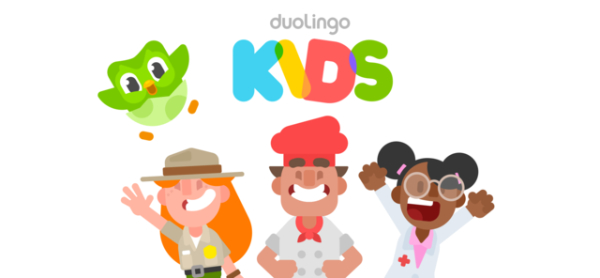


– Overview: Duolingo Kids is an app that makes language learning more accessible through short, engaging quests that children can easily understand and enjoy.
– Key Features: The app features colorful graphics and game-like exercises in multiple languages, including Spanish, French, and German.
– Pros: The main positives of the app are probably convenience, fun, and free access. The app nicely taps into the unusual ease with which children learn new things, allowing users to quickly orient themselves in a language of choice.
– Cons: The main negative is that the children’s version of Duolingo still provides less access to different languages. Another potential disadvantage is that the platform might be too simple for older children or people with a good grasp of a language.
Lingokids
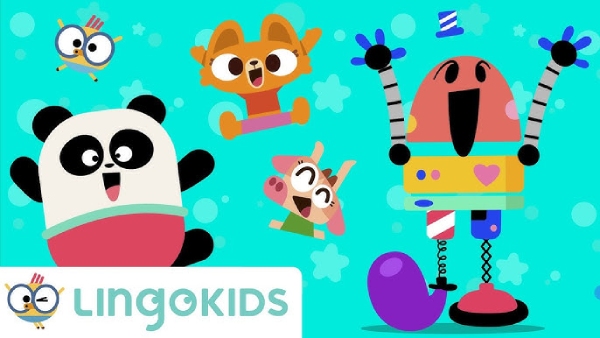


- Overview: Lingokids is an application that utilizes a play-learning approach to help young children through entertaining and educational activities.
- Key Features: Interactive games, songs, and other fun materials are integrated and designed according to a curriculum. This approach may be beneficial in teaching children rudimentary skills.
- Pros: Engaging content fostered in several languages creates a flexible learning opportunity. Additionally, there are some parental control features.
- Cons: A subscription is required to access the full spectrum of materials, which may be inconvenient to some.
Endless Alphabet
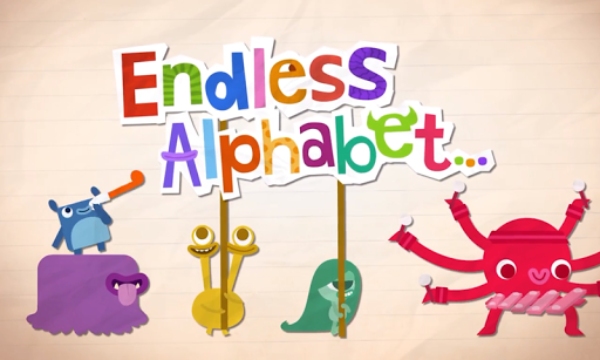


– Overview: Endless Alphabet is for kids to learn new words and phonemes to speak. In the app, some funny and cool monsters will help kids remember what they’ve learned through fun and funny puzzles and different games.
– Key Features: Funny characters will show kids how to say the alphabet and teach the meanings of the words by animating the words when the kid completes the puzzle.
– Pros: It is highly engaging and educational, with no ads distracting children from learning. The animations are entertaining and help reinforce learning.
– Cons: It doesn’t provide multiple language-learning versions.
Rosetta Stone Kids
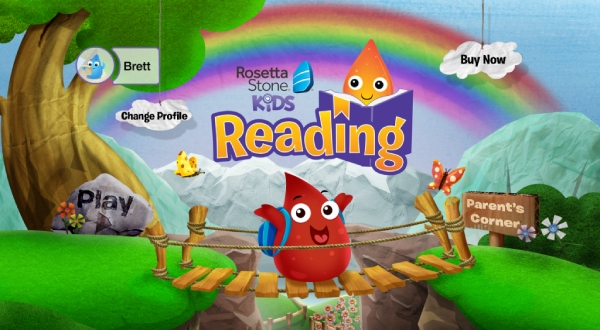


- Overview: It is interactive, engaging children in language learning using interactive stories, games, and activities. It teaches children and helps them memorize words and word combinations.
- Key Features: The app uses speech recognition technology to help children learn the word’s correct pronunciation.
- Pros: A proven method and approach to learning is offered, and interactive content properly engages the children to learn.
- Cons: The price point is pretty expensive.
Babbel for Kids
– Overview: Babbel for Kids is a child-friendly version of the popular Babbel language-learning app, which teaches basic conversational skills.
– Key Features: The app uses audio lessons and interactive exercises to help children practice conversational and, most importantly, listening skills.
– Pros: It is focused on actual speech patterns. The app’s content teaches practical conversation skills that the children can use and is high-quality by design.
– Cons: It does not offer a wide range of language choices, as the original Babbel app does, and requires a subscription.
Mango Languages Kids
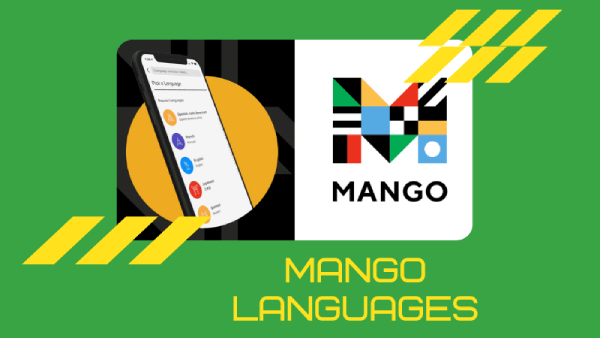


- Overview: Mango Languages Kids is aimed at children and offers language learning through interactive stories and cultural activities.
- Key Features: The app offers interactive stories, cultural notes, and many exercises, making learning a new language interesting and educational.
- Pros: This app’s inclusion of education about the culture of the different languages makes it interesting and fun to use. Kids like this app because it teaches them a language by telling a story.
- Cons: To use this app properly, you would need to buy a subscription, and some people might not like that it does not have many languages available.
Mondly Kids
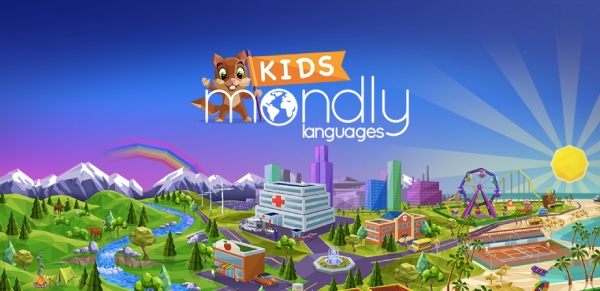


– Overview: Mondly Kids is an attractive language-learning mobile application for children, offering colorful interactive reasons and games. It offers lessons in thirty-three languages and has built-in visual attraction alongside a collection of games for learning vocabulary and grammar.
– Key Features: Lessons in 33 languages, with engaging graphics and various interactive games designed to teach vocabulary and grammar.
– Pros: It offers a wide range of languages and engaging lessons to keep a child interested. It is also visually appealing and user-friendly.
– Cons: Full access to all features and languages requires a subscription, which might be a limiting factor for some users.
Gus on the Go
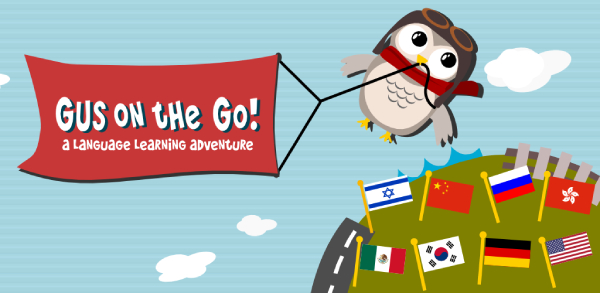


- Overview: Gus on the Go teaches vocabulary in a fun, interactive way, involving adventures with Gus the Owl.
- Features: It includes many games for improving vocabulary and appealing, colorful graphics.
- Pros: The app is genuinely fun and effectively teaches kids vocabulary.
- Cons: The app offers only vocabulary and little else for language learning.
Beelinguapp
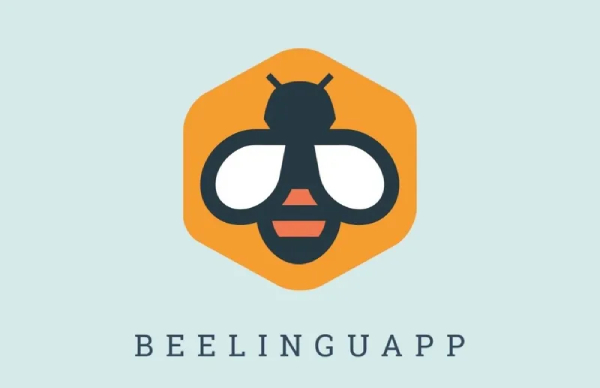


– Overview: Beelinguapp is designed to teach new languages using bilingual storybooks. It combines reading practice with word memorization.
– Key Features: This app is ideal for practicing reading and listening. It provides bilingual text and listens to the linguistic cover of the target language.
– Pros: The app can be used for reading and listening to a foreign language practice, as it includes various languages.
– Cons: It is not specifically designed for the youngest learners. In-app purchases account for this App.
Little Pim
- Overview: Little Pim is a language learning platform for young children. It uses engaging videos and games to help children learn basic vocabulary and phrases.
- Key Features: The platform features engaging language instruction videos and vocabulary games. It supports 12 languages and focuses on everyday vocabulary and phrases.
- Pros: fun and educational videos help children learn basic vocabulary in different languages.
- Cons: Subscription required for full access, and content is limited to basic vocabulary.
The highlighted language learning apps are very different, but all provide various effective ways to improve a child’s learning experience. While these avenues are good, children can have problems with self-discipline. You will find your child spending hours on some of these apps to complete quests and missions. This can easily distract your child from their school work and other activities. That is where parents can turn to FlashGet Kids to settle and regulate their children’s use of these applications.
How to ensure a safe and productive online learning environment for kids?
FlashGet Kids offers an essential tool for parents to moderate and manage their children’s use of language learning apps. The app will help ensure that children get the most out of their time spent on the internet in an optimized manner that is safe and improves learning. Here, the most beneficial features of FlashGet Kids are as follows:
Screen Time Management: Using the app, parents may decide how much time their children can spend online and on educational apps. This way, overuse may be mitigated, and the best possible balance between online time and time spent on other activities will be achieved.
Live Monitoring: Parents can see what their children are doing in real-time, which gives them peace of mind. Live monitoring also ensures that the children stay focused on educational work and do not spend time on non-educational apps.
App Control: Parents can decide which apps their children can use. The children will be limited to using language-learning tools to keep them focused on the task and prevent inappropriate content from reaching them.
Usage Report: As elaborated later, the usage reports will provide detailed information about the time spent online in general and on each app. Parents can examine the child’s use of the studied language and make well-informed decisions on the time spent on the internet.
In conclusion, combining these features creates a handy tool for managing the children’s time on language learning apps.
Final words
In the final analysis, the reviewed language learning apps for kids are fun and engaging ways to explore new cultures. They enhance children’s learning experiences by facilitating a personalized educational approach. Moreover, automating the assessment and adapting teaching materials to children’s progress and requirements is also a plus. They provide various interactive applications and multimedia tools to accommodate every kid’s learning style and needs.
However, these language learning apps do not eliminate parents’ lead role but only facilitate it. You will still need to pair up these learning apps with a decent parental control tool like FlashGet Kids. Apps like FlashGet Kids assist parents in developing effective strategies and plans to organize their children’s screen time. On top of that, you will get remote access to your child’s phone with your parental control dashboard. So, if you’re worried about your child’s safety in the digital world, I can’t recommend a better application than FlashGet Kids.

